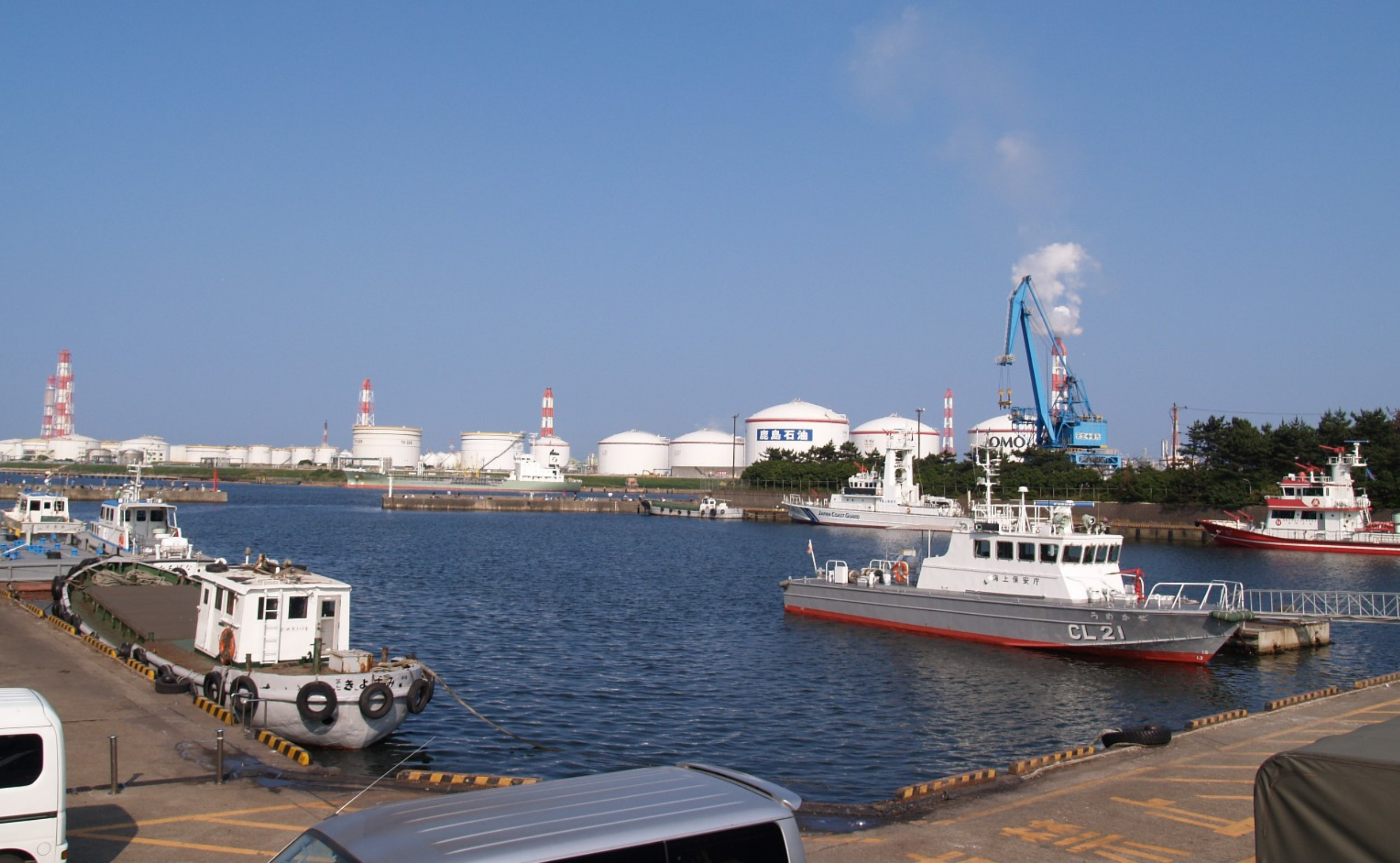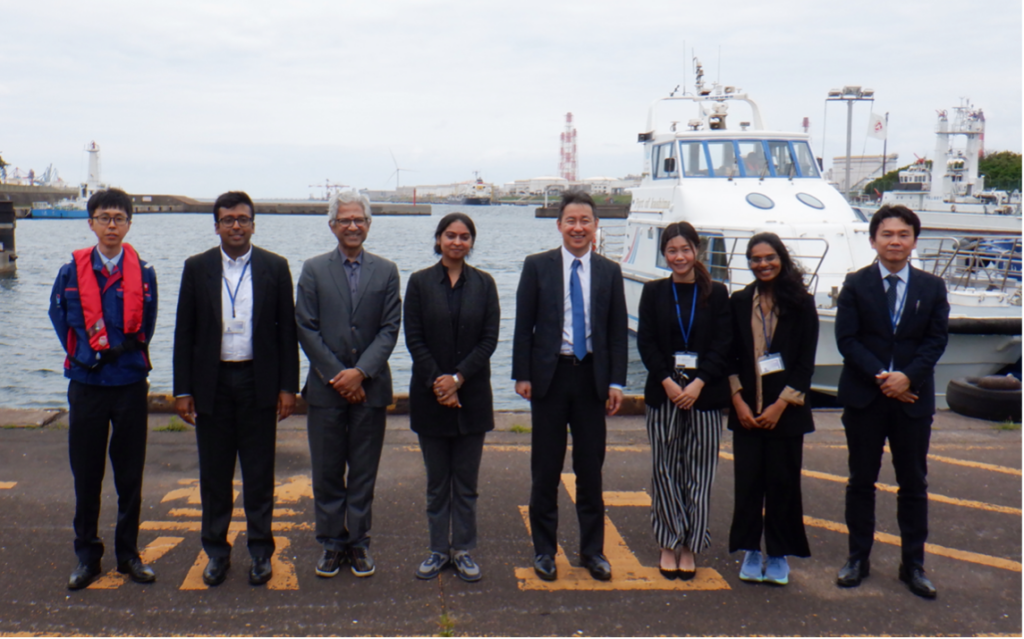
The quiet city of Kashima in Japan’s Ibaraki prefecture used to have its livelihood rooted in farming and fishing traditions. However, from the 1950s, it found itself at the crossroads of change, and what were once farms and lakes have now become factories and ports.
At the heart of Kashima’s transformation lies its crowning jewel—Kashima Port, an artificial port that stretches over 17 kilometers, where you can see many steel mills, petrochemical plants, and energy facilities. This magnificent port has served as an “outer port,” easing the burden on the “inner ports” of Tokyo Bay and functioning as an important part of the Kanto region’s economy.
But this transformation was not a stroke of luck—it was the result of tireless efforts from both local and national governments.
Under the visionary leadership of Governor Iwakami at the time, the Ibaraki prefectural government created the Kashima Port Coastal Industrial Zone Development Plan in 1961. This plan embodied the philosophy of “Prosperity of Both Agriculture and Industry” and “Victory of Humanity” as the groundwork for Kashima’s development. Yet, Governor Iwakami understood a successful transformation required more than just local efforts—it needed policy support from the national government.
In the 1960s, as Japan embarked on a journey toward economic prosperity, the central government formulated the National Income Doubling Plan, transitioning Japan’s economy from the reconstruction stage to the growth stage and addressing the adverse effects of population concentration in regional cities. As part of this plan, the Pacific Belt Zone Policy was introduced, which advocated for extensive industrial development. Recognizing the role ports play in supporting industrial growth, the central government also crafted the inaugural Five-Year Port Development Plan (FY 1961-1965). This plan, aligned with the objectives of the National Income Doubling Plan, hugely catalyzed port and harbor development, offering robust policy backing for the industrial expansion witnessed in coastal cities like Kashima.
In response to the request from the Ibaraki government, the central government reviewed the Kashima Port Coastal Industrial Zone Development Plan put forth in 1961. It evaluated the proposal by conducting site investigations and strategic analyses and approved the plan in 1963. In 1964, it officially designated Kashima as one of Japan’s Special Industrial Development Areas, assuring government support for the region’s industrial expansion.

Photo: Supported by Japan’s Ministry of Land, Infrastructure, Transport and Tourism, the Asian Development Bank Institute, along with Jivisha Joshi Gangopadhyay, deputy secretary of the Ministry of Commerce and Industry in India, and Atul Sanganeria, consultant at the Asian Development Bank, visited Kashima Port on 23 April 2024 as part of a study tour focused on infrastructure planning.
With the strong support of both local and national governments, Kashima set sail on its journey of transformation—however, it was not all smooth sailing.
A major challenge was land acquisition. In development projects, acquiring privately owned land from local residents can be a complex process, as many landowners may be reluctant to cooperate. This reluctance often stems from residents’ strong emotional ties with their land and uncertainties around fair compensation.
To address these challenges, the Ibaraki prefectural government employed the innovative “Kashima Method.” Through this method, approximately 40% of the land was acquired through direct purchase, while the remaining 60% was obtained through exchanges involving agricultural land located outside the designated industrial zones.
In addition, the Ibaraki government greatly recognized that true advancement extended beyond upgrading the physical environment—it was about realizing the collective vision of the people and the soul of Kashima. Officials did not just sit behind desks. Instead, they ventured out, knocked on doors, and visited people in their homes to understand the community’s aspirations and concerns before, during, and after the land acquisitions. The effort fostered a development that echoed in harmony with every member of the community.
The Ibaraki government went even further by reaching out to the next generation. Government staff volunteered to teach children about Kashima’s road to a better future, instilling a sense of ownership and responsibility in the younger generation and promoting a symbiotic relationship between the region’s industrial development and long-term prosperity.
Kashima’s industrial transformation demonstrates the importance of the government’s commitment, collaboration, and communication in driving regional development. The success factors—visionary leadership, strategic planning, innovative land acquisition approach, community engagement, and youth involvement—serve as lessons for developing Asia in dealing with rapid urbanization and navigating economic and demographic challenges.
Cover photo credit: “Kashima Port” by Nyao148. CC BY-SA 3.0 license.








Comments are closed.